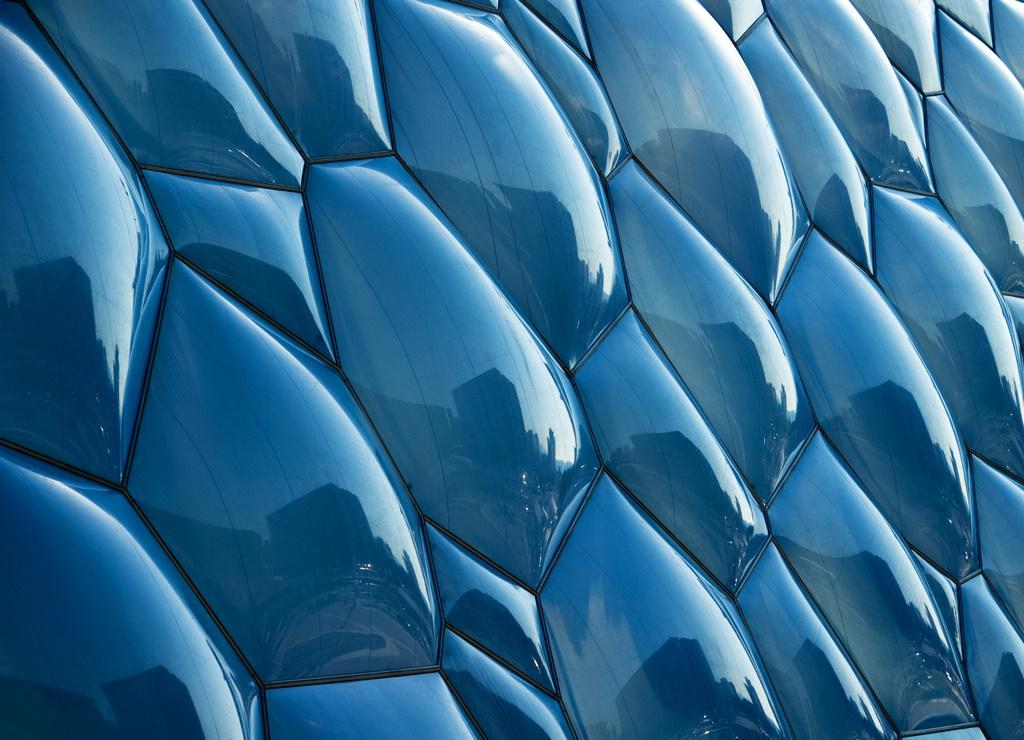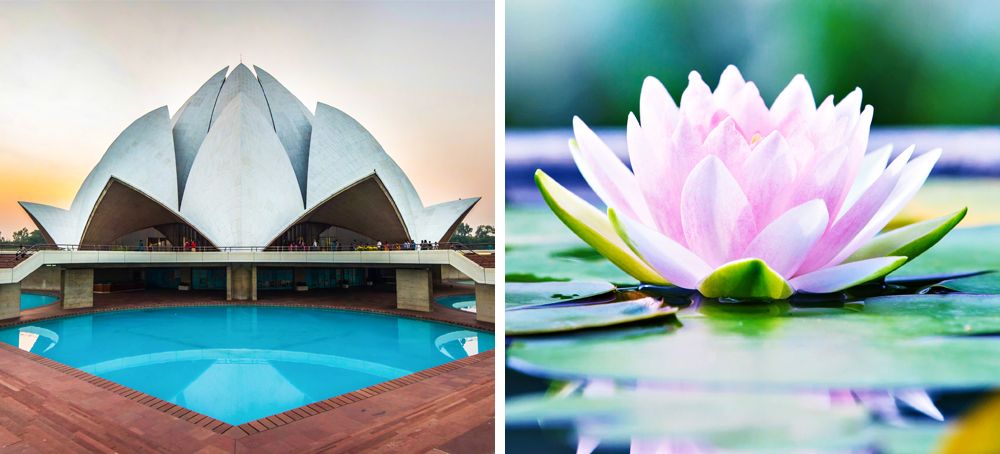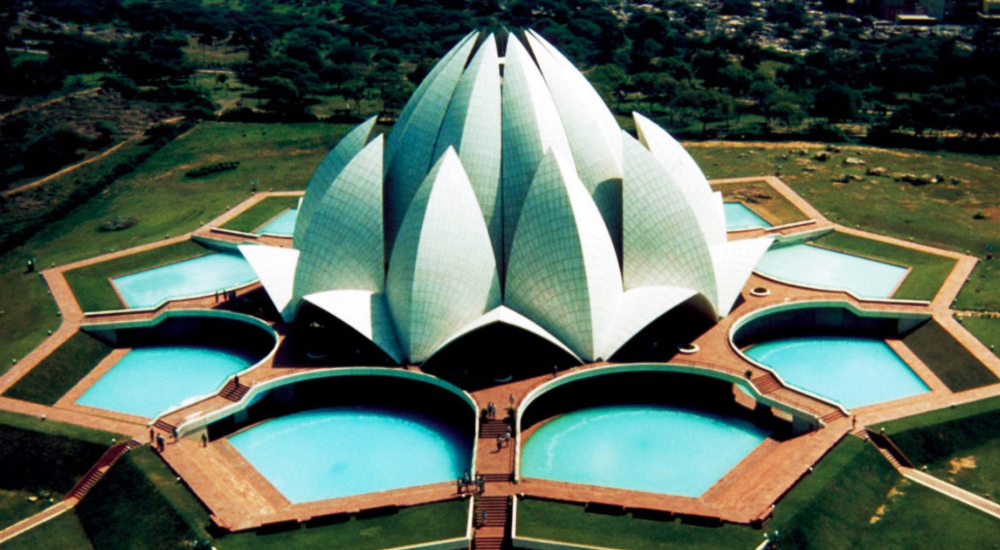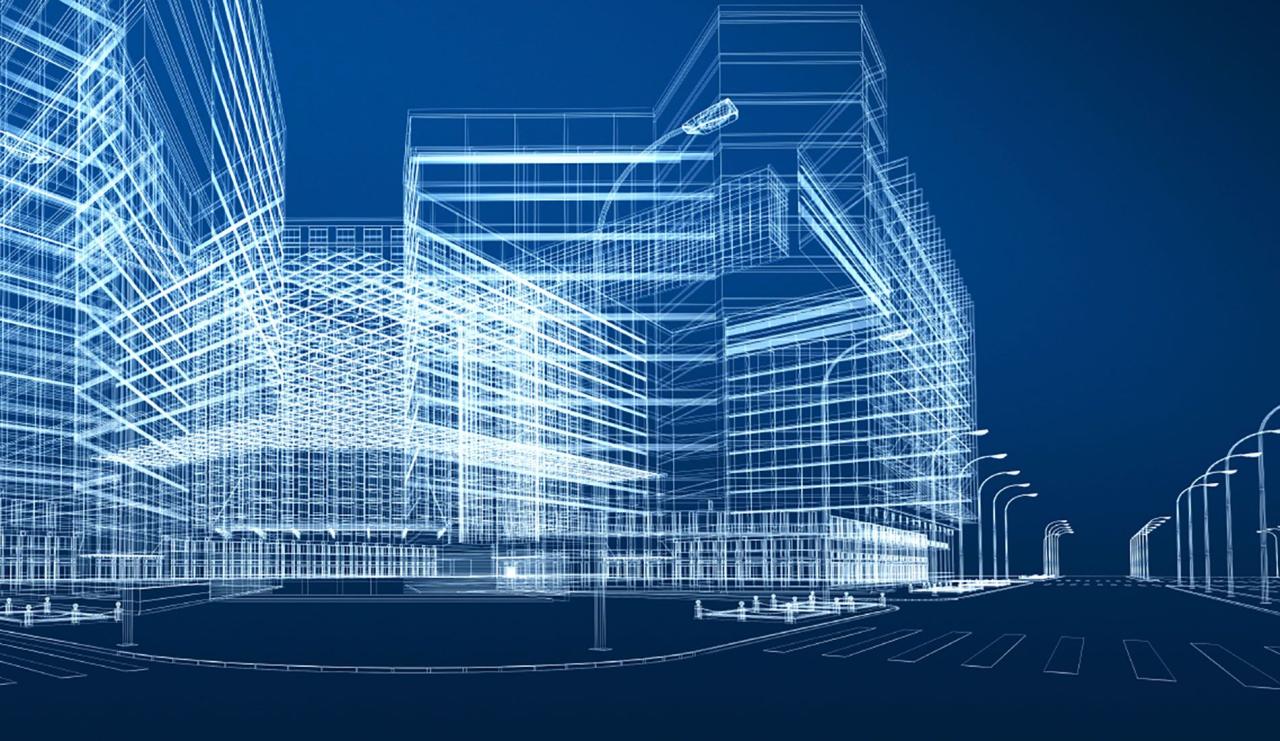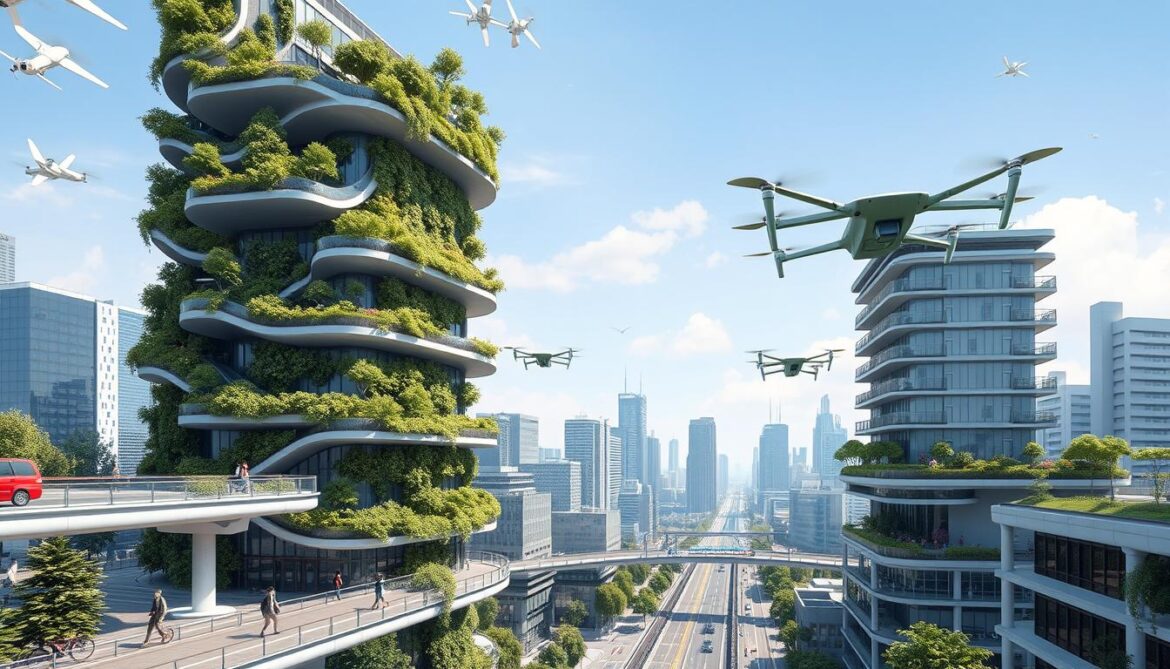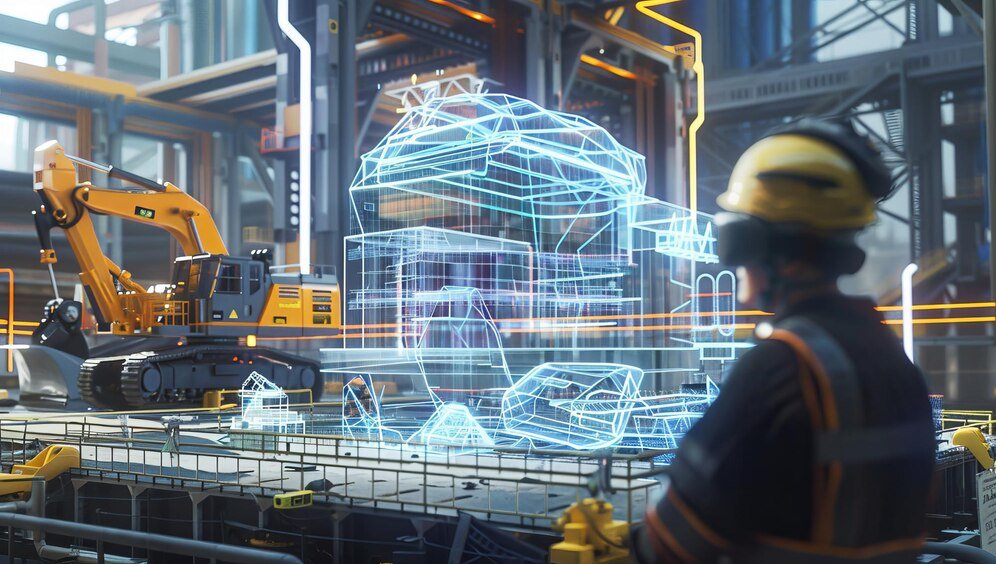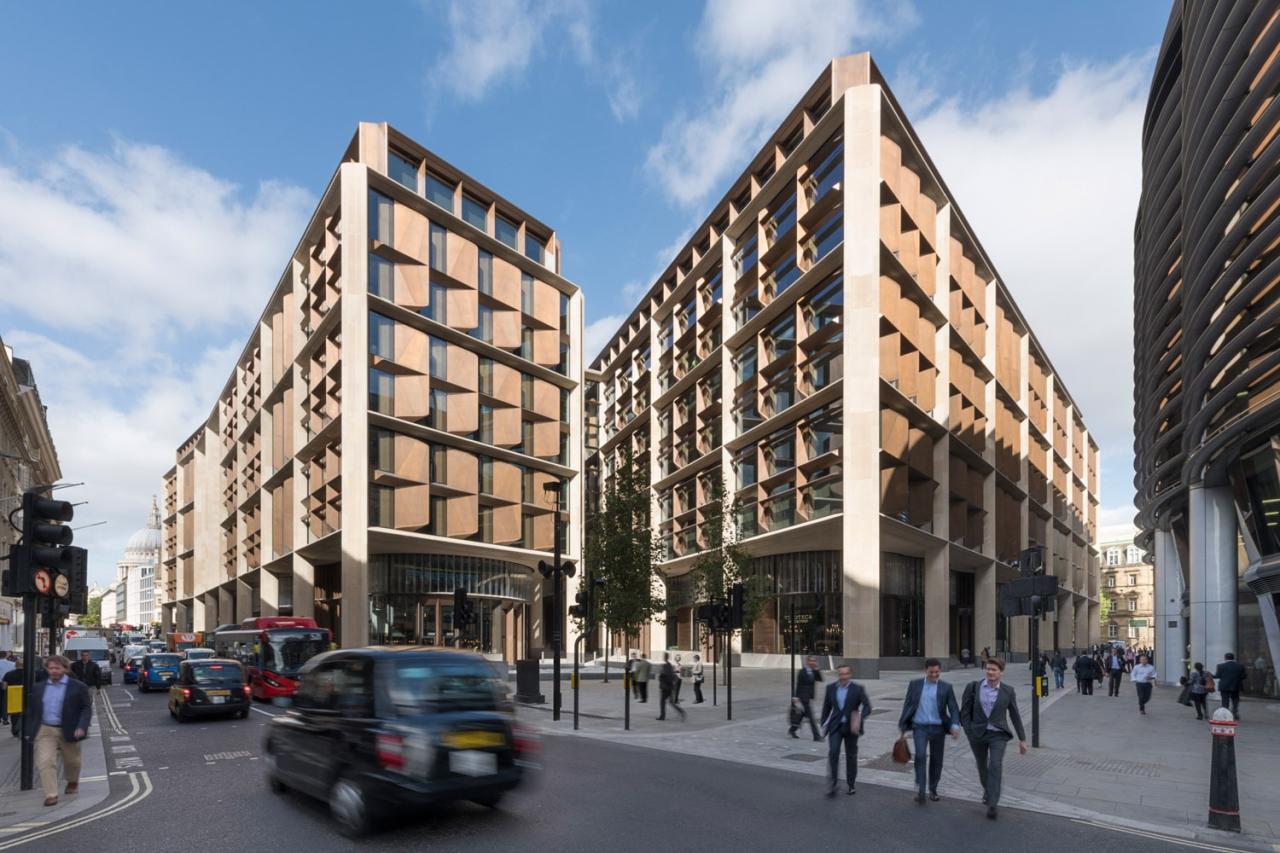In an era grappling with unprecedented environmental challenges, resource scarcity, and the urgent need for sustainable innovation, a profound design philosophy is gaining significant traction: biomimicry. More than just an aesthetic imitation of nature, biomimicry is a discipline that seeks sustainable solutions to human challenges by emulating nature’s time-tested patterns and strategies. It’s about observing, understanding, and then mimicking the genius of biological forms, processes, and ecosystems. From the aerodynamic efficiency of a bird’s wing to the self-cleaning properties of a lotus leaf, nature offers billions of years of research and development, a vast library of perfected designs. Embracing biomimicry isn’t just an ecological imperative; it’s a revolutionary approach to engineering, architecture, product development, and problem-solving, acting as nature’s unparalleled design genius for a sustainable future.
The Call for Nature-Inspired Innovation: Why Biomimicry Now?
To truly appreciate the urgency and relevance of biomimicry, we must first understand the context of our current global predicament and the limitations of purely human-centric design.
A. The Unprecedented Environmental Crisis
Human industrialization and rapid technological advancement have, for too long, operated with a disregard for natural systems. This has led to a compounding environmental crisis demanding immediate and innovative solutions.
- Climate Change and Resource Depletion: Our reliance on finite fossil fuels, destructive extraction methods, and linear ‘take-make-dispose’ economic models have pushed planetary boundaries. Climate change, biodiversity loss, and resource depletion are undeniable realities that necessitate a radical shift in how we design and consume.
- Pollution and Waste Accumulation: Industrial processes often generate vast amounts of pollution, contaminating air, water, and soil. Our consumption patterns lead to an ever-growing mountain of waste, much of which is non-biodegradable, accumulating in landfills and oceans. Nature, in contrast, operates in closed-loop systems, where waste from one process is food for another.
- Inefficient Systems: Many human-engineered systems are inherently inefficient in their use of energy and materials. Buildings consume enormous amounts of power for heating and cooling, manufacturing processes are energy-intensive, and transportation networks rely heavily on fossil fuels. Nature, however, achieves incredible feats of engineering with minimal energy and resources, often at ambient temperatures and pressures.
B. The Limits of Conventional Human Design
For centuries, human design has often focused on optimizing for speed, cost, and immediate utility, often overlooking long-term environmental impacts or the holistic efficiency seen in natural systems.
- Trial-and-Error and Resource-Intensive R&D: Human innovation often progresses through a lengthy, costly, and sometimes wasteful process of trial and error. New materials and processes require significant research and development investments, sometimes yielding less-than-optimal results compared to nature’s evolutionary refinements.
- Linear Thinking vs. Circular Systems: Traditional industrial design often follows a linear model: extract resources, manufacture products, use them, and then dispose of them. This is fundamentally at odds with nature’s circular, regenerative systems where everything is recycled and reused.
- Ignoring Ecosystemic Intelligence: Human design too often isolates problems, seeking singular solutions without considering their broader impact on interconnected systems. Nature, however, designs at an ecosystem level, where diverse species and processes contribute to overall stability and resilience.
C. Nature: Billions of Years of R&D
In contrast to human limitations, nature offers a profound source of inspiration. Over 3.8 billion years, life on Earth has continuously experimented, adapted, and refined designs through the process of evolution. This has resulted in organisms and ecosystems that are:
- Highly Optimized: Nature’s designs are highly optimized for efficiency, resource use, and function. Every feature of an organism serves a purpose, often multiple purposes.
- Sustainable and Regenerative: Natural systems are inherently sustainable, operating on current solar income, using only safe chemistry, and recycling all materials. They are not merely sustainable but regenerative, continuously building and replenishing.
- Resilient and Adaptive: Ecosystems demonstrate incredible resilience in the face of disturbances and possess an innate ability to adapt to changing conditions over time.
- Beautiful and Functional: Nature’s designs are not only functional but often possess an inherent aesthetic beauty that human designers strive to emulate.
Biomimicry, therefore, provides a framework for learning from this vast, living laboratory, shifting our design paradigm from “what can we extract from nature?” to “what can we learn from nature?”
Core Principles and Methodologies of Biomimicry
Biomimicry is more than just looking at a plant or animal; it’s a structured approach that delves into the underlying principles and processes that make nature’s designs so effective.
A. Emulating Form, Process, and System
Biomimicry operates at three hierarchical levels of emulation, moving beyond superficial imitation to deeper understanding:
- Form (Mimicking Shape/Structure): This is the most basic level, where designers mimic a natural shape or physical structure.
- Example: The aerodynamic shape of a high-speed train inspired by the Kingfisher’s beak, reducing drag and noise.
- Example: Velcro’s design inspired by burdock burrs, which stick to fur.
- Example: Geodesic domes mimicking the strength-to-weight ratio of a honeycomb or certain plant structures.
- Process (Mimicking How Nature Works): This level involves understanding and emulating the underlying processes, functions, and manufacturing methods found in nature.
- Example: Self-cleaning surfaces inspired by the lotus effect, where water rolls off, carrying dirt particles due to the leaf’s microscopic texture. This isn’t just about shape but how it interacts with water.
- Example: Photosynthesis inspiring solar energy collection systems that convert light into energy more efficiently.
- Example: Nacre (mother-of-pearl) inspiring super-tough materials that are strong and fracture-resistant due to their hierarchical self-assembly at ambient temperatures.
- System (Mimicking How Ecosystems Function): This is the deepest and most profound level, involving emulating how entire ecosystems operate, including their interconnectedness, resource cycling, energy flows, and regenerative properties.
- Example: Industrial ecology, where the waste from one industry becomes the feedstock for another, mimicking nutrient cycling in an ecosystem.
- Example: Designing cities or communities as living systems that integrate water management, energy production, and waste recycling, mimicking a forest or wetland.
- Example: Developing business models that are regenerative, contributing to social and environmental well-being, rather than merely extracting resources.
B. Life’s Principles: Nature’s Design Handbook
Janine Benyus, a pioneer in biomimicry, distilled “Life’s Principles,” a set of overarching design strategies that nature consistently employs for success. These principles serve as a powerful design handbook:
- Evolve to Survive: Adapt to changing conditions, incorporate diversity, embody resilience, and self-organize.
- Be Resource Efficient (Material and Energy): Use low-energy processes, use benign chemistry, use multi-functional design, and fit form to function.
- Adapt to Changing Conditions: Maintain integrity through self-renewal, self-organize, anticipate and respond to disturbance.
- Integrate Development with Growth: Combine self-assembly with modularity, build from the bottom up.
- Be Locally Attuned and Responsive: Use readily available materials and energy, harness cyclic processes, and integrate feedback loops.
- Use Life-Friendly Chemistry: Build from common elements, break down products into benign constituents.
These principles guide designers towards solutions that are not only functional but also inherently sustainable and aligned with natural processes.
C. The Biomimicry Design Spiral
The design process in biomimicry is often iterative and guided by a spiral methodology:
- Define (Challenge): Clearly articulate the human challenge you want to solve (e.g., how to build stronger, lighter materials; how to manage water efficiently in a desert).
- Biologize (Translate): Translate the human challenge into a biological question. (e.g., How does nature build strong, light structures? How do organisms manage water in arid environments?).
- Discover (Research): Research natural models that have successfully addressed similar challenges over evolutionary time. Look across different kingdoms (animals, plants, fungi, microbes).
- Abstract (Identify Principles): Identify the underlying functional principles, strategies, and mechanisms that enable nature’s success. Don’t just copy the form, but understand how it works.
- Emulate (Apply): Apply these abstracted principles to design innovative, sustainable solutions for the original human challenge. This is where innovation occurs, not just imitation.
- Evaluate (Assess): Assess the solution’s performance, sustainability, and life-friendliness against the original challenge and Life’s Principles.
This cyclical process encourages deep learning from nature and continuous refinement of designs.
Transformative Applications of Biomimicry Across Industries
The practical applications of biomimicry are incredibly diverse, spanning architecture, engineering, materials science, energy, and even business models.
A. Architecture and Urban Planning: Living Buildings
Biomimicry is revolutionizing how we design buildings and entire urban environments, shifting towards structures that function more like living organisms.
- Self-Cooling Buildings: The Eastgate Centre in Harare, Zimbabwe, uses a passive cooling system inspired by the self-cooling mounds of African termites. It uses a sophisticated ventilation system that allows the building to regulate its temperature with minimal air conditioning, significantly reducing energy consumption.
- Water Management: Designs for urban wetlands mimicking natural filtration systems to purify stormwater runoff. Bio-inspired roof designs that capture and filter rainwater for reuse, mimicking the water retention properties of forests.
- Structural Efficiency: Lightweight, strong structures inspired by bones (hollow, dense where needed) or plant stems (fibrous, flexible). Designs for high-rise buildings inspired by the strength and flexibility of bamboo or the internal structure of a bird’s bone, optimizing material use and resistance to wind loads.
- Facade Design: Building facades that adapt to sunlight like plant leaves, opening and closing to regulate light and heat, or self-cleaning surfaces mimicking the lotus effect to reduce maintenance and water use.
B. Materials Science: Smarter, Stronger, Safer Materials
Nature creates materials with incredible properties at ambient temperatures and pressures, using benign chemistry. Biomimicry seeks to replicate this.
- Strong and Tough Materials: Inspired by abalone shells (nacre), which are incredibly tough due to their brick-and-mortar microstructure, scientists are developing ceramics that are strong and resistant to fracture. Spider silk, one of the strongest and most flexible natural fibers, inspires new lightweight, high-performance composites.
- Self-Healing Materials: Inspired by human skin or trees, which can self-repair, researchers are developing polymers and concrete that can autonomously heal cracks, extending their lifespan and reducing maintenance.
- Adhesives: Geckos’ ability to cling to almost any surface using millions of tiny hairs (setae) has inspired new ‘dry adhesives’ that stick without glue, leaving no residue. Mussels’ ability to adhere to wet surfaces inspires new non-toxic underwater adhesives.
- Bio-inspired Coatings: Anti-fouling ship coatings inspired by shark skin (dermal denticles) that reduce drag and prevent barnacle growth without toxic chemicals. Self-cleaning paints or windows using the lotus effect.
C. Energy Production and Efficiency: Harnessing Nature’s Power
Nature’s energy harvesting and efficiency mechanisms offer profound lessons for sustainable energy.
- Photosynthesis-Inspired Solar Cells: Developing next-generation solar cells that mimic the efficiency of photosynthesis in converting sunlight into energy, potentially leading to cheaper and more efficient solar power.
- Wind Turbine Optimization: The undulating leading edge of humpback whale flippers (tubercles) has inspired wind turbine blade designs that improve aerodynamic efficiency, reduce noise, and allow for better performance at lower wind speeds.
- Low-Energy Manufacturing: Inspiring manufacturing processes that occur at room temperature and pressure, like biological processes, to reduce industrial energy consumption (e.g., self-assembly of nanomaterials).
- Heat Exchange Systems: Designing highly efficient heat exchangers inspired by the counter-current heat exchange mechanisms found in the legs of arctic animals, minimizing heat loss.
D. Transportation: Efficient Movement
The efficiency of natural locomotion provides rich insights for transportation.
- Aerodynamics: As mentioned, the Kingfisher’s beak inspired the Shinkansen bullet train’s nose cone, reducing noise and power consumption. The streamlined bodies of fish and birds inspire more efficient aircraft and vehicle designs.
- Hydrodynamics: The skin of sharks, with its unique dermal denticles, reduces drag, inspiring swimsuits and ship coatings that improve speed and fuel efficiency.
- Self-Propulsion: Locomotion inspired by jellyfish or squid for underwater vehicles that move with high efficiency and maneuverability.
E. Water Management and Filtration: Nature’s Purifiers
Nature provides elegant and effective solutions for water purification and management.
- Biofiltration Systems: Mimicking wetlands and riparian zones to naturally filter pollutants from wastewater and stormwater runoff, creating sustainable water treatment solutions.
- Fog Harvesters: Inspired by the Namib Desert beetle, which collects water from fog on its shell, engineers are developing materials and structures to efficiently harvest drinking water in arid regions.
- Desalination: Studying mangrove trees, which can filter salt from seawater, to inspire more energy-efficient and less waste-producing desalination technologies.
The Biomimicry Design Process: From Challenge to Solution
The application of biomimicry is not a random act of inspiration but a structured, disciplined design process that guides innovators through a series of steps to effectively learn from and emulate nature.
A. Defining the Human Challenge
The first and most critical step is to clearly and precisely define the human challenge that needs to be solved. This isn’t just about identifying a problem (e.g., ‘we need to build a lighter car’); it’s about dissecting the underlying function required (e.g., ‘how can we achieve high strength-to-weight ratios with minimal energy input for mobile structures?’). This clarity sets the stage for effective biological inquiry.
B. Biologizing the Challenge: Asking Nature’s Questions
Once the human challenge is clear, the next step is to biologize it—that is, to translate the human problem into a question that nature might have already solved. Instead of asking ‘how do we create waterproof fabric?’, you might ask ‘how does nature create surfaces that shed water?’ or ‘how do organisms repel water on their skin/leaves?’. This reframing opens up the vast library of natural solutions.
C. Discovering Natural Models: The Research Phase
This phase involves extensive research into natural models that have successfully addressed similar functional challenges over billions of years of evolution. This is where interdisciplinary collaboration is key, bringing together designers, engineers, biologists, and material scientists. Researchers might explore a wide range of organisms and ecosystems, looking for analogous problems and solutions. This is not limited to obvious examples but often involves deep dives into biological literature, field studies, and observation.
D. Abstracting Life’s Strategies: Unveiling Principles
Once promising natural models are identified, the next step is to abstract the underlying functional principles, strategies, and mechanisms that enable nature’s success. This is crucial because biomimicry is about emulating principles, not simply copying forms. For example, understanding that the lotus leaf’s self-cleaning property comes from its specific hierarchical micro- and nano-texture that minimizes surface contact with water and dirt, rather than just its shape. This abstraction involves asking ‘how does it do that?’ and generalizing the core strategy.
E. Emulating and Innovating: Applying Nature’s Wisdom
With the abstracted principles in hand, the design team then moves to the emulation phase, where these principles are applied to design innovative, sustainable solutions for the original human challenge. This is the moment of true innovation, where biological insights are translated into technological or architectural solutions. This often involves iterative prototyping, testing, and refinement, moving from concept to tangible product or design. This step requires creativity and technical expertise to bridge the gap between biology and engineering.
F. Evaluating for Life-Friendliness: Sustainable Assessment
The final, continuous step in the biomimicry process is to evaluate the solution’s performance, sustainability, and life-friendliness against the original challenge and, crucially, against ‘Life’s Principles’. Does the solution use benign chemistry? Is it resource-efficient? Does it fit form to function? Is it locally attuned? This evaluation ensures that the engineered solution is not just effective but also ecologically intelligent and truly sustainable, closing the loop of learning from nature.
Challenges and Future Directions of Biomimicry
While the potential of biomimicry is immense, its widespread adoption also faces certain challenges and points to exciting future directions.
A. Interdisciplinary Collaboration and Knowledge Transfer
One of the biggest challenges is fostering effective interdisciplinary collaboration between biologists, engineers, designers, material scientists, and business leaders. Bridging the language, methodologies, and perspectives across these diverse fields can be difficult. Translating complex biological mechanisms into actionable engineering principles requires a dedicated effort in knowledge transfer and specialized training.
B. Scaling and Manufacturing Constraints
Nature’s manufacturing processes often occur at the molecular or cellular level, at ambient temperatures and pressures, and are highly self-organizing. Replicating these processes at industrial scale using human manufacturing techniques can be incredibly challenging and expensive. Developing scalable, cost-effective, and energy-efficient manufacturing processes for bio-inspired materials and products remains a significant hurdle.
C. Moving Beyond Superficial Imitation
There’s a risk of superficial imitation where designers only copy the form or a single obvious feature of a natural model without understanding the deeper biological principles or systemic context. True biomimicry requires rigorous biological research and an understanding of “Life’s Principles” to avoid merely aesthetic or non-functional mimicry.
D. Regulatory and Certification Challenges
New bio-inspired materials or processes may not fit neatly into existing regulatory frameworks or certification standards, particularly if they employ novel chemistries or manufacturing methods. Navigating these regulatory challenges can slow down the adoption of innovative biomimetic solutions.
E. Measuring and Quantifying Sustainability Benefits
While biomimicry intuitively promises sustainability, precisely measuring and quantifying the environmental benefits (e.g., reduced carbon footprint, lower energy consumption, less waste) of biomimetic products compared to conventional ones can be complex. Robust methodologies for life-cycle assessment specific to biomimetic designs are still evolving.
F. Educating and Training the Next Generation
Widespread adoption of biomimicry requires a significant shift in education and training across various disciplines. Integrating biomimicry into engineering, architecture, design, and business curricula is essential to equip the next generation of innovators with this powerful problem-solving framework.
The Future of Biomimicry: A Regenerative Path
Despite the challenges, the future of biomimicry is bright, poised to play an increasingly central role in designing a regenerative future.
A. AI and Big Data Accelerating Discovery
Advances in Artificial Intelligence (AI) and Big Data analytics will revolutionize biological discovery for biomimicry. AI can process vast amounts of biological literature, identify patterns, and propose potential biological solutions to human problems much faster than human researchers alone. Machine learning algorithms can analyze complex natural forms and processes to extract underlying design principles, accelerating the biomimicry spiral.
B. Advanced Manufacturing and Biofabrication
New manufacturing technologies like 3D printing, additive manufacturing, and biofabrication (e.g., growing materials using biological processes) will enable more precise and scalable replication of nature’s complex hierarchical structures and processes. This will bridge the gap between biological inspiration and industrial production, making bio-inspired materials and products more feasible and cost-effective.
C. System-Level Biomimicry for Resilient Infrastructure
The focus will increasingly shift towards system-level biomimicry, designing entire cities, industrial parks, or agricultural systems to function like healthy ecosystems. This involves emulating nutrient cycling, water filtration, energy flows, and waste re-utilization at a macro scale, leading to truly regenerative infrastructure that produces more resources than it consumes.
D. Integration into Mainstream Design and Engineering
Biomimicry will move from a niche discipline to an integral part of mainstream design and engineering curricula and practices. As its benefits become more apparent and tools become more accessible, it will be seen as a standard approach for sustainable innovation, not just an alternative.
E. New Business Models and Bio-Inspired Economies
Biomimicry will inspire not just products but entire business models that are inherently regenerative and sustainable. This could involve circular economy models, product-as-a-service models, and localized, resilient supply chains that mimic natural resource flows and community structures.
Conclusion
Biomimicry stands as a testament to the profound wisdom embedded within nature’s designs. It’s a discipline that transcends mere aesthetic imitation, offering a scientific, principled, and deeply insightful approach to solving humanity’s most pressing challenges. By consciously and systematically emulating life’s time-tested strategies for efficiency, resilience, and sustainability, we are not only developing groundbreaking innovations but also fostering a deeper reverence and understanding of the natural world.
The journey of biomimicry is an ongoing dialogue with nature, a continuous learning process that encourages us to view every organism and ecosystem as a potential mentor. While challenges in interdisciplinary collaboration, scaling production, and regulatory navigation exist, the transformative potential—from self-healing materials and energy-efficient buildings to regenerative urban systems—is immense. As we navigate an increasingly complex future, biomimicry provides not just a path forward, but the ultimate blueprint for a truly regenerative existence, drawing upon billions of years of nature’s unparalleled design genius to build a better, more sustainable world for all.

